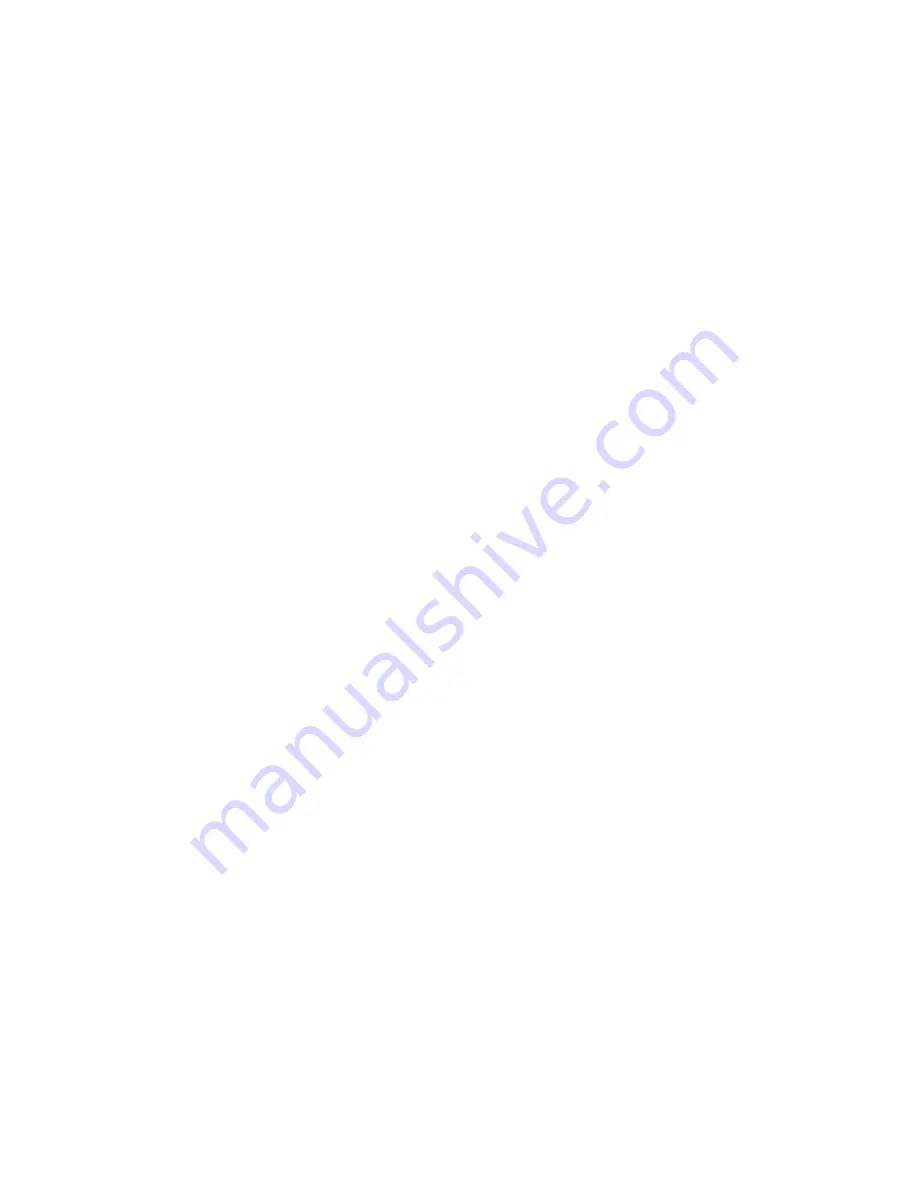
GRAUPNER GmbH & Co. KG D-73230 KIRCHHEIM/TECK GERMANY
Änderungen vorbehalten! Keine Haftung für Druckfehler 02/2008
46
push them onto the tubes where they exit the fueltank.
Mark the fuel lines using a felt-tip pen or coloured tape to indicate which is the fuel
feed, the overflow and the filler.
Fit the tank in the fuselage through the main opening, and thread the fuel tubes
through the hole in the nose bulkhead. Glue the fueltank retainer in place to prevent
the tank shifting backwards. The retainer should only be secured with a few drops of
glue, to ensure that you can remove it again easily if the tank should require
maintenance at any time.
Connect the fuel feed tube (the one connected to the clunk pick-up inside the tank) to
the carburettor nipple. The other two fuel lines (filler and overflow) can later be routed
out of the cowl through the opening for the cylinder head.
You may need to cut various openings in the cowl to clear the cylinder head /
glowplug, silencer, needle valve, wing etc.; the positions will vary according to the
engine you have installed.
Slide the cowl onto the fuselage to the point where there is about 1.5 mm clearance
all round between the spinner backplate and the nose fairing.
The cowl is attached by means of two screws on each side, which should be
positioned in such a way that they engage in the centre of the thickness of the nose
bulkhead. The actual position of the screw holes relative to the rear edges of the cowl
will vary according to the motor you are using. Inject a little white glue into the screw-
holes before fitting the retaining screws, as this will prevent them shaking loose. Fit
the silencer on the motor, once again securing the retaining screws with UHU
schraubensicher.
A suitable opening has to be cut in the right-hand fuselage side for the ON / OFF
switch. Before you mark the opening, fit the right-hand wing panel on the aluminium
tube and secure it to the fuselage using two of the plastic screws provided; this
ensures that you do not position the switch opening too high. Mark the position of the
opening to suit the switch you are using, and cut it out carefully using a sharp balsa
knife.
The wings
Work on the wing panels is limited to the installation of the two aileron servos.
Extend the servo leads using the appropriate extension leads (Order No. 3935.18),
and secure the connections with a drop of cyano or a small piece of heat-shrink
sleeve.
Press the rubber grommets and tubular spacers into the mounting lugs of the aileron
servos, as described for the rudder and elevator servos.
The servo leads can now be drawn through the wing panels using a length of thread:
tie the end of the thread to the connector and draw the lead through the wing, so that
it exits the root rib through the hole aft of the wing joiner sleeve.



































